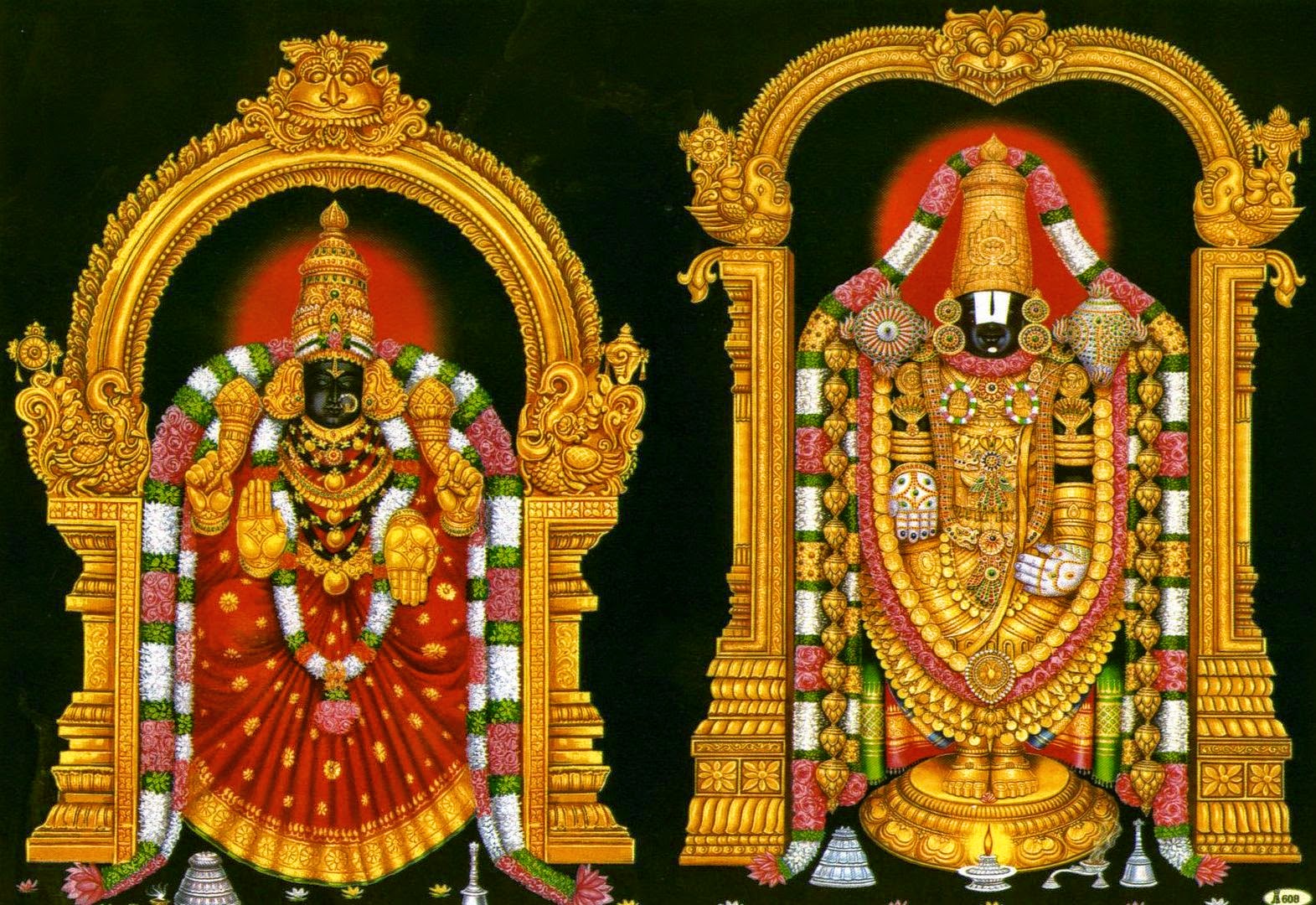The Tree of Life -3.5: Swami Krishnananda.
Swami Udit Chaithanya:
Shivaratri Celebration Vrindavan (UP) Veda students of Vrindavan chanted Rudram Chamakam (Yajurveda).
Everyone who participated in the Shivalinga in the temple was fortunate enough to perform abhishekam and flower offering.
100 poor students were honored by giving food and food.
================================================================
Thursday, 11 Jan 2024 06:45.
Discourse 3: Severing the Root of this Tree of Life - 5.
================================================================
When we think of detachment, we generally conceive of physically moving out of our house, going a few thousand miles away, and then it is detachment. This is the crudest form of the notion of non-attachment in the field of spiritual life. But our bondage does not consist in our physical location in any place. It is not the house that binds us. It is not the land on which we are seated that is our problem. Nothing visible to the eyes as a physical content can be regarded as a bondage. The bondage is a kind of experience that is injected into our consciousness. Our happiness and sorrow are a type of consciousness, a feeling, an operation of the psyche in some way, and if the mind is to work in a different way, we will have a different kind of experience. So we are concerned with experience rather than with objects.
Therefore, if the experience does not change even after isolation of the body from its physical atmosphere, that would not be counted as detachment, or non-attachment. What the mind is thinking is the touchstone of success in the practice of non-attachment. You may be having a house in Switzerland but you are physically seated in the Himalayas. Will you call this detachment? You may say, “Yes, why not, because my house is in Switzerland and I am not there. I am here.” But what is the mind thinking? Is the mind conscious that it has a property? That would be a subtle silken thread connecting the consciousness with its object, which can slowly become stronger, strengthening itself into an obstacle in the direction of the mind towards the spiritual goal of life.
Bondage consists in a type of movement of the mind. We can create bondage within our mind even inside our room because the mind is not inside the room. It is not even inside the body. It is an ethereal, unintelligible, all-pervading medium, and that is why it cannot be controlled, even as we cannot control the wind. How can we control a tempest or a cyclone or a tornado? Likewise is the hardship involved in the control of the mind. The mind is connected to everything everywhere, and to detach the mind from objects would be to withdraw it from everything.
In the system of yoga propounded by Patanjali, an analysis of the mind is made towards the achievement of detachment. There are two kinds, at least, of the movement of the mind in respect of objects—an emotional kind and an intellectual kind. The emotional connection of consciousness with an object is what is usually called affection, love, or the so-called attachment, clinging. This sort of relationship of the mind with the object is called a klishta vritti, a painful operation of the mind, because when we are emotionally related to an object there is anxiety in the mind at all times. Prior to the connection of the emotion with the object, there is the anxiety as to when that object will become the content of one's mind. When it is already a content of the emotion, there is the anxiety as to how long this will be within the content, and when it will be severed. And when it is actually severed, the sorrow is untold.
================================================================
To be continued
================================================================






.jpg)



Comments